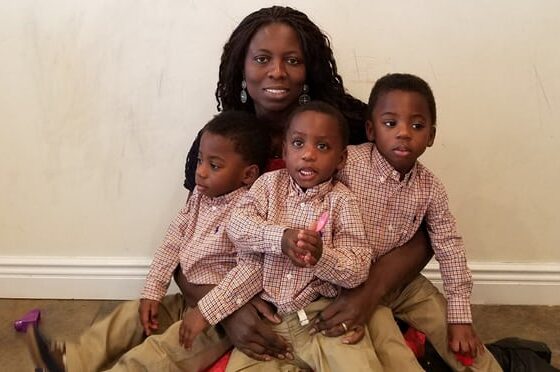In a recent article by New York Times reporter Reed Abelson, she highlights findings of two studies describing the financial toll that health care is placing on working families – even those with health insurance. The studies, by the Kaiser Family Foundation and the Center for Studying Health System Change, were completed earlier in 2008 before the economy and financial markets reached their current state of crisis. It is clear that many Americans are struggling with medical costs including those that are insured, under-insured or uninsured. With the continuing degradation of the economy, these financial struggles are only getting worse, necessitating that consumers take steps to control costs themselves
By REED ABELSON
Even as Washington and Wall Street debate the best way to avert an economic disaster, increasing numbers of Americans are struggling with another financial crisis: the growing burden of unpaid medical bills.
Two studies released Wednesday provide further evidence of the toll that health care is increasingly placing on working families, even for those with health insurance. And as employees are paying more medical expenses out of their own pockets, they are having a harder time coming up with the money.
The studies, by the Kaiser Family Foundation and the Center for Studying Health System Change, were completed earlier this year before the financial markets reached their current state of crisis. But policy analysts say the findings underscore the mounting additional strain that medical care is placing on working Americans.
“The problems people are having paying for health care and health insurance are a central dimension of the economic and pocketbook concerns right now,” said Drew E. Altman, the president of the Kaiser Family Foundation, a nonprofit health research group that conducts an annual survey of employer medical benefits.
The studies, policy analysts say, underscore the need for the government to address the growing unaffordability of care, despite the distraction — and cost to taxpayers — of a proposed $700 billion bailout of the financial sector.
“This makes clear the cost of doing nothing is high and growing,” said Len Nichols, a health economist at the New America Foundation, a nonpartisan policy group in Washington that advocates universal medical coverage.
While policy analysts acknowledge that finding any new money to expand coverage may prove difficult, some also say the terms of the debate may be changing as policy makers and the public rethink their positions on the need for regulation and the role of the government in industry — including the health care system.
“We can now imagine a government takeover that we could not imagine before,” Mr. Nichols said.
Although inflation in insurance premiums has moderated in recent years, the Kaiser survey found that employees were continuing to spend more in medical costs, including their share of yearly insurance premiums. Employees are paying an average of $3,354 in premiums for family coverage, more than double the amount they paid in 1999. The total cost for family coverage now averages $12,680 a year, up 5 percent from 2007.
And as people are paying more, they are finding the higher expense less affordable. In the study by the nonpartisan Center for Studying Health System Change, based on its national survey of households, nearly one of every five families had problems paying medical bills last year. More than half of these families said they borrowed money to pay these expenses, and nearly 20 percent of those having difficulty said they contemplated declaring personal bankruptcy as a result of their medical bills.
The study estimates that 57 million Americans live in families struggling with medical bills, and 43 million of those have insurance coverage. “It’s hitting both the insured and the uninsured, and it’s hitting middle-class families,” said Karen Davis, the president of the Commonwealth Fund, a nonprofit research organization that financed the study.
Because they are already in debt over their medical care, some families start forgoing treatments, even for serious or chronic conditions, Ms. Davis said. By deciding not to fill a prescription for high blood pressure medication or failing to go to the doctor for diabetes, they are at risk of incurring more serious and costly problems that can land them in the emergency room.
“It’s a serious health problem and it’s a serious economic problem,” she said.
As the nation has moved toward greater cost-sharing of medical expenses, “what we’re seeing is families are not in a position to shoulder that financial risk,” Ms. Davis said.
While large employers remain a strong and generous source of coverage, the Kaiser study pointed to the widening divide between employees working for big companies and those at companies with fewer than 200 employees.
Virtually all large employers offered coverage, but only 62 percent of small companies did. People working for big companies were also paying less — about $3,000 a year for family coverage — compared with $4,100 for those in small companies.
Faced with the choice of dropping coverage altogether, many small companies have opted for health plans that ask employees to pay much more in the form of deductibles and out-of-pocket expenses. One in three workers in small businesses has annual deductibles of $1,000 or more, in contrast to one in five in the previous year’s survey.
“We still strongly believe health care is an economic issue for small business, not only to the owners but to their employees; they are both paying for it,” said Amanda Austin, a lobbyist for the National Federation of Independent Business, a Washington group that represents small employers.
Copyright 2008 – New York Times

